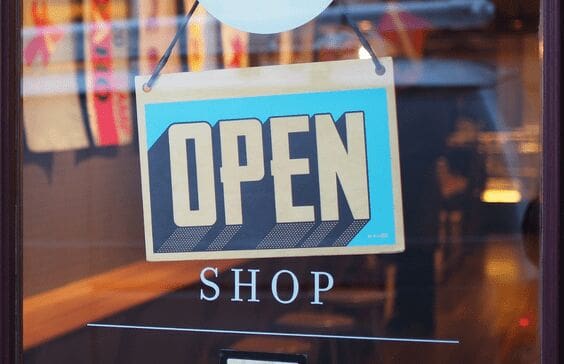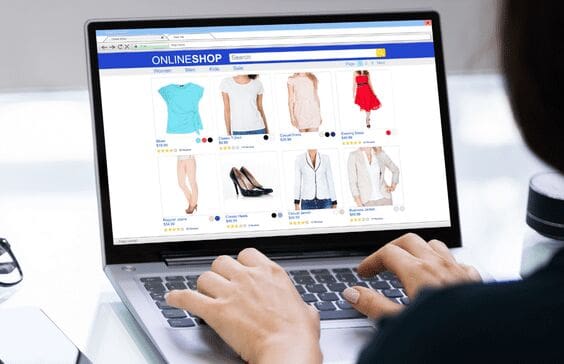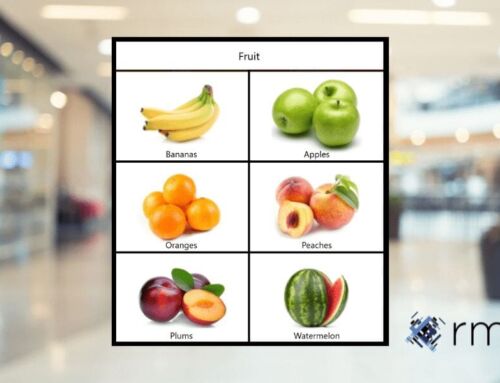Author
RMS Marketing Team
Share
Why Bricks and Mortar Stores are Still a Vital Part of the Retail Landscape

Unsurprisingly, when the Covid-19 pandemic was in full swing, the only retail channel available to most of us was online. Despite overall retail spending reducing, online sales increased significantly. This was impressive considering that eCommerce still represents only a small portion of total retail sales. According to the Office of National Statistics (ONS), online sales accounted for little over 19% in 2019, booming to over 30% in 2021.
We can assume that as the majority of retail purchases are still made in physical outlets that the bricks and mortar stores are just as vital to the future success of businesses as their online counterparts.
Here are 7 reasons that investing in your physical outlets is essential:
-
Use Stores to Streamline
Where the cost of living is soaring, the logistical costs of retail are soaring with it and can easily eat into margins. With physical stores, there are savings to be made by adapting portions of them to use as warehouses and fulfilment centres. Inventory Management can be made simpler and more cost-effective while distribution becomes faster and more efficient- there are many benefits to managing your omni-channel retail business this way.
-
The Brand Experience
Whilst having a physical store can up the ante in terms of needing to stand out, it is a great opportunity to create an in-store customer experience which is exciting and engaging. One thing missing from eCommerce is the immersive experience that can be gained from branded or ‘concept’ stores.
A good example of this would be the Apple Store where customer immersion is encouraged with workshops and practical demos, creating a memorable brand experience.
-
Webrooming

The term ‘webrooming’ refers to shoppers who spend time researching their purchase online before buying in a physical store. According to a recent report 88% of internet users are regularly ‘webrooming’. KMPG research concludes that the most likely reason for this is that customers still prefer to see/feel/test products in person first. Certain nuances in products such as colour-matching also make buying in a physical store more attractive.
-
Reduced Returns
According to retaildive.com online retailers can expect return rates to be around 20% and some estimates are as high as 40%. Conversely, brick-and-mortar retailers deal with around 9% returned items. With returns especially high among fashion retailers, reasons cited are typically due to sizing, style and a change of mind – many issues that could be reduced significantly by shopping in a physical store.
Where some retailers allow customers to return online orders in store, this can further reduce costs such as shipping and handling whilst also being the preferred return method for customers.
-
Increase Traffic to your Website
In opposition to ‘webrooming’, 76% of customers also admit to ‘showrooming’ – where they research the purchase in a physical store before shopping online. Showroomers enjoy the benefits of experiencing the product in person but purchasing online to ensure the lowest possible price. In addition to this, when retailers open a new physical store, traffic to their website also increases significantly. Not only this, their online brand mentions also increase.
-
Click and Collect

Buying Online and Picking up In Store (BOPIS) and kerbside pickup are increasingly popular with customers and retailers alike. Customers often prefer to pick up orders over home delivery due to the convenience of choosing when to collect rather than waiting for a courier. Retailers offering these services benefit from reduced delivery costs, increased footfall in stores and the potential for further sales.
-
Customer Experience
Although many may believe that customers prefer to shop online, the data suggests that customers do in fact shop constantly across multiple platforms. One thing which does impact customers significantly is customer experience, with many still enjoying the human aspect of shopping.
Shoppers are likely to increase their spending having experienced excellent in-store service and the majority of customers are more likely to visit a physical store because of the knowledge of staff.
Conclusion
The good news for omni-channel retailers is that customers who shop both in physical stores and online spend more on average compared to those interacting with businesses through a single channel.
Paul Martin, UK Head of Retail, KPMG states that
‘Companies should be channel agnostic, meaning it does not matter if they start with online or offline, what matters is that all channels are interlinked to give consumers the convenience they need.’
In order for retail businesses to succeed into the future, their physical presence plays an undoubtedly vital role in the modern retail landscape.
OpSuite Retail Management Solution from RMS ensures that as you move towards the future with your business, your EPoS is right there with you.
As a cloud-hosted system, OpSuite has all the functionality and features of an EPoS Retail Management Solution designed for major retailers. Get in touch to discuss how we can help you invest in your bricks-and-mortar business. We are happy to answer any questions you might have about growing your retail business into the future.
Why choose RMS?
RMS have worked with ambitious businesses for over 18 years, supplying tailored software solutions and EPoS hardware from the Shetland Islands to the Seychelles. We work with businesses in most retail verticals, contact us and discover how we can support your business to increase profits with the latest technology.
Key Terms
Share:
Sign up now for news and special offers!
Join our Newsletter
*We are collecting your email information in order to add you to our newsletter recipient list. You can unsubscribe from our communications at any time. You can do this by contacting us or by clicking the unsubscribe button on any of our communications with you.
You can find more information about the details we hold about you and the way we use them in our privacy policy, and you can access this here or we can send you a copy.




